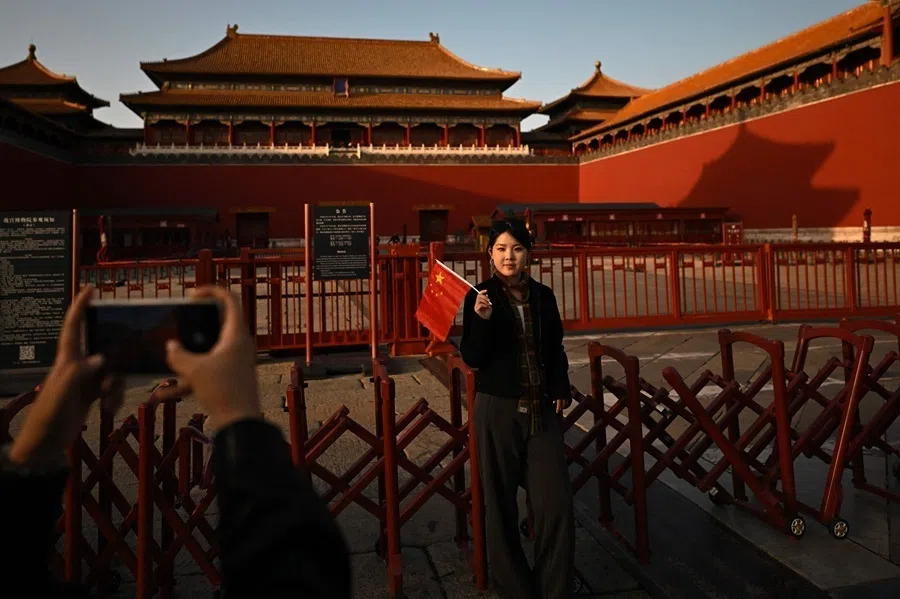From paper to power: Can ASEAN turn Vision 2045 into real clout?
Malaysia’s ASEAN chairmanship and Vision 2045 reflect ASEAN’s strategic recalibration amid rising geopolitical uncertainty.
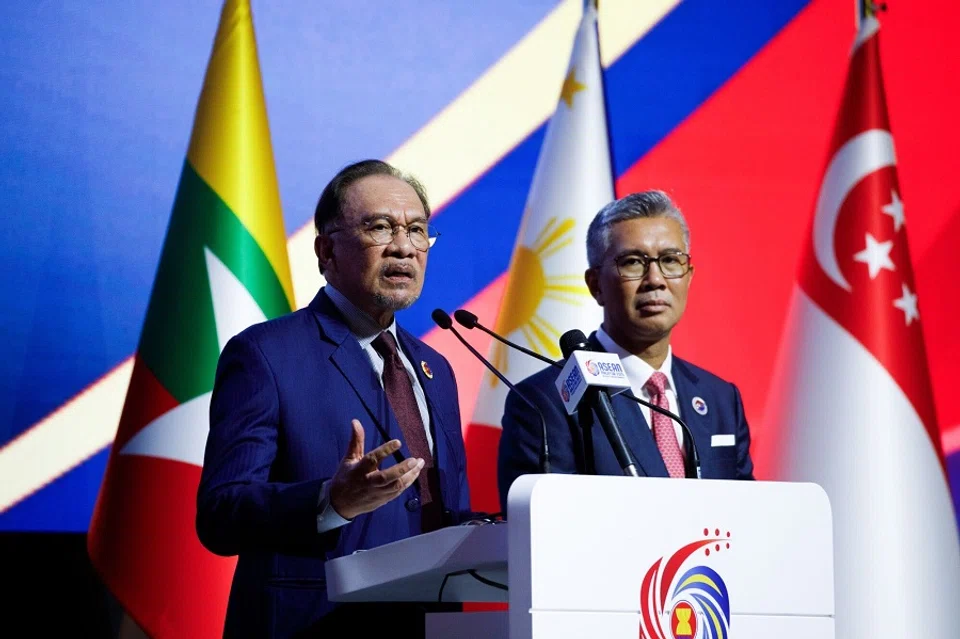
The ASEAN Community Vision 2045, adopted at the 46th ASEAN Summit in Kuala Lumpur on 26 May 2025, represents a significant milestone in the group’s long-term planning. It comes at a time when ASEAN faces a more fragmented and unpredictable global landscape, marked by rising geopolitical rivalry, economic disruption and strains on ASEAN’s cohesion.
Towards a more unified and robust ASEAN
Against this backdrop, Malaysia’s chairmanship theme of “Inclusivity and Sustainability” resonates, highlighting the urgency of more equitable development and deeper regional solidarity amid mounting uncertainty.
The ASEAN Community Vision 2025 was a ten-year plan tabled in 2015. This was shaped during a relatively stable period and largely focused on deepening regional integration. The new Vision 2045 spans two decades and reflects a marked shift in tone and strategic ambition.
Vision 2045 places great emphasis on resilience, strategic autonomy, and ASEAN’s capacity to act cohesively in a more contested global order. At the same time, it reaffirms ASEAN’s long-standing commitment to a rules-based regional order, stronger institutions and a more proactive external outlook.
ASEAN’s traditional operating model — grounded in consensus and non-interference — may need to adapt.
More responsive mechanisms needed
The ASEAN Political-Security Community (APSC) Strategic Plan under Vision 2045 is more than a routine update; it signifies a strategic recalibration of ASEAN’s security role. Shifting from the 2025 ASEAN APSC Blueprint’s emphasis on consolidation, the new plan prioritises nine areas to bolster ASEAN’s collective response to geopolitical shifts, transnational threats, and emerging technologies.
Its emphasis on strategic autonomy, preventive diplomacy and cross-pillar coordination signals a recognition that ASEAN’s traditional operating model — grounded in consensus and non-interference — may need to adapt.
It also calls for clearer political messaging and more responsive mechanisms, including the convening of special meetings during crises. For instance, ASEAN may convene high-level meetings on short notice in response to regional flashpoints — such as maritime incidents or conflict escalation in Myanmar — rather than waiting for routine summit cycles.
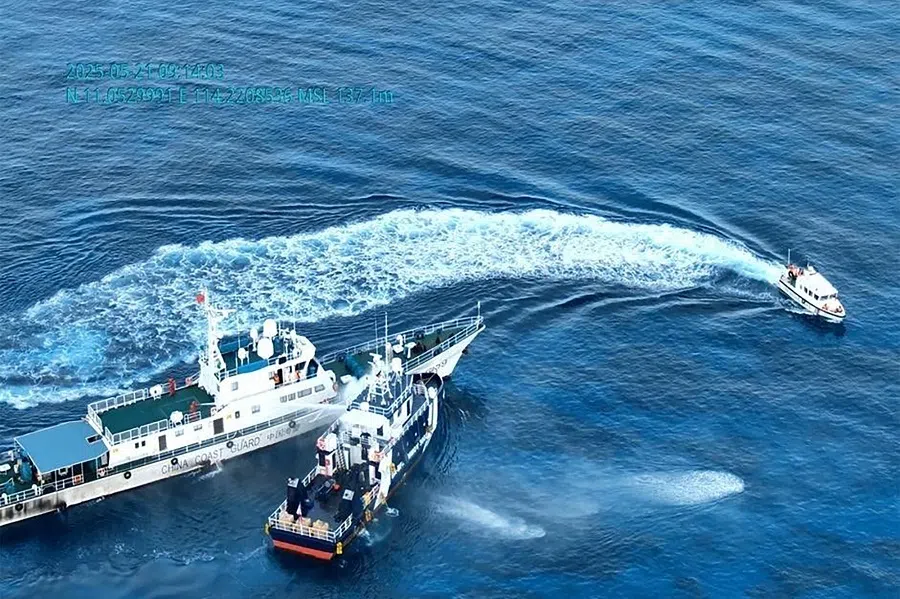
Still, these are ambitious aspirations. Whether ASEAN can act swiftly and decisively when the moment comes will depend not just on institutional tools, but on the political will of its member states — a factor that has too often been lacking when urgency meets with a lack of unity.
As the negotiations continue to be passed from one chairmanship to the next without tangible outcomes, any COC [Code of Conduct for the South China Sea] will be viewed as too late to shape behaviour in the disputed waters meaningfully.
South China Sea tests ASEAN’s unity and resolve
This recalibration of ASEAN’s political-security approach will ultimately be measured by how the bloc responds to real-world pressures. Regional flashpoints like the South China Sea continue to test ASEAN’s unity and strategic resolve, exposing the gap between long-term aspirations and complex geopolitical realities.
While the Code of Conduct for the South China Sea (COC) process has seen procedural progress — such as the completion of the third reading of the draft text, it remains hampered by fundamental differences between ASEAN and China over issues like geographical scope, the legally binding nature and third-party activities, as well as intra-ASEAN mistrust.
As the negotiations continue to be passed from one chairmanship to the next without tangible outcomes, any COC will be viewed as too late to shape behaviour in the disputed waters meaningfully. In line with the strategic mindset embedded in Vision 2045, ASEAN must move beyond technical drafting and adopt a more forward-looking political strategy.
Malaysia’s proactive stance on Myanmar
Myanmar remains another thorny challenge. The country’s multiple humanitarian and security crises have only deepened since the adoption of the Five-Point Consensus (5PC) in 2021, prompting calls for ASEAN to adopt a more flexible and responsive approach.
While these initiatives demonstrate Malaysia’s proactive stance, they remain gestures of intent, with the real test being whether they can deliver tangible results.
Under Malaysia’s chairmanship, there are early signs of a shift from symbolic posturing toward a more pragmatic and action-oriented approach. The appointment of Tan Sri Othman Hashim as special envoy and the formation of an Informal Advisory Group — led by former Thai Prime Minister Thaksin Shinawatra — signal Malaysia’s desire to open new channels of behind-the-scenes engagement. Notably, ASEAN Leaders also adopted a statement calling for an extended and expanded humanitarian ceasefire in Myanmar.
Malaysia has also proposed the establishment of a permanent ASEAN Special Envoy to Myanmar for a three-year initial term, aiming to ensure continuity in the grouping’s engagement with the crisis. While these initiatives demonstrate Malaysia’s proactive stance, they remain gestures of intent, with the real test being whether they can deliver tangible results.
Internal cohesion necessary for external partnerships
At the same time, ASEAN is looking outward to assert its strategic relevance externally. The ASEAN-GCC-China Summit, though marked by competing agendas among the three parties, reflects the kind of outward-looking diplomacy envisioned in ASEAN’s Vision 2045. It underscores the region’s intent to diversify partnerships, manage great power competition with greater autonomy and position itself as a bridge between regions.
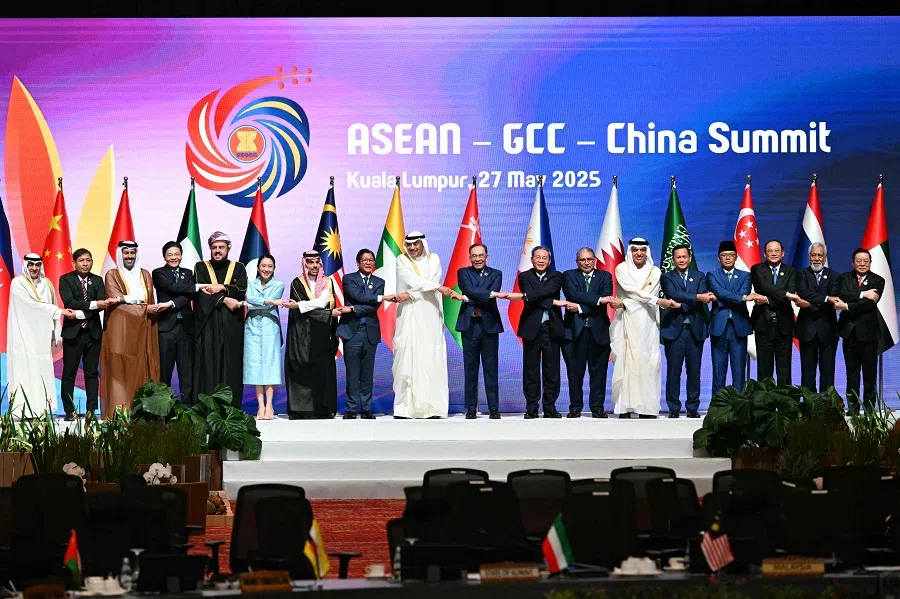
To sustain this external engagement and navigate an increasingly contested global economy, ASEAN must first reinforce its internal foundations. Deeper economic integration activities will be central to the ASEAN Economic Community (AEC) Strategic Plan (2026-2030).
The first five-year implementation phase of the broader 20-year Vision will consist of six strategic goals. They will be aimed at bolstering intra-regional trade and investment activities, advancing the harmonisation of standards and technical regulations, as well as enhancing transparency and good regulatory practices.
While these efforts build on the previous Blueprint, they are designed to be more adaptive and dynamic, allowing ASEAN to respond more nimbly to emerging risks and opportunities in an evolving global landscape.
Prime Minister Anwar Ibrahim has written to President Donald Trump to propose an ASEAN-US Summit, highlighting Malaysia’s commitment to sustaining constructive engagement and keeping ASEAN on Washington’s radar amid shifting US foreign policy priorities.
Navigating economy in the Trump era
At the 25th ASEAN Economic Community Council Meeting preceding the main Summit, some major announcements included the conclusion of negotiations for upgrades in the ASEAN-China Free Trade Area (ACFTA) 3.0 and the ASEAN Trade in Goods Agreement (ATIGA). Both these outcomes were expected during Malaysia’s chairmanship year, but the completion of these exercises before the year-end is an encouraging signal that strengthening trade and investment activities are top of the grouping’s economic agenda.
This matters because the US’s approach to trade policy in the Trump 2.0 era has created an increasingly uncertain and volatile economic outlook. Moreover, there is also stronger recognition of geopolitical aspects being brought into the economic sphere, which has prompted the mobilisation of the ASEAN Geoeconomic Task Force as noted in the ASEAN Leaders’ Statement on Responding to Global Economic and Trade Uncertainties.
ASEAN continues to balance relationships with both sides in the trade war, staying open to opportunities for collaboration. Despite the imposition of tariffs by the US, ASEAN has reiterated its stance to work more closely with the US to build stronger strategic relationships in high-value and future-oriented sectors including knowledge-based industries and advanced manufacturing.
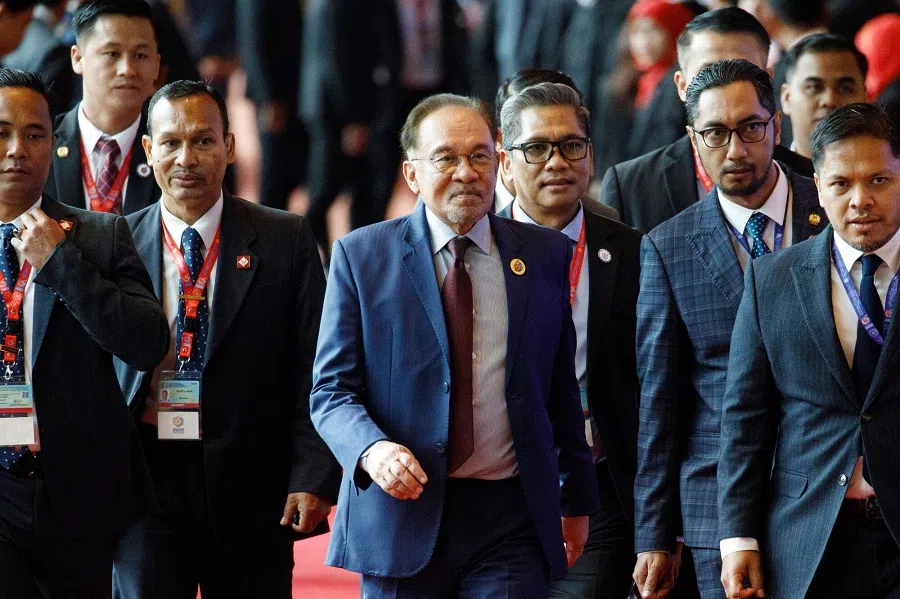
Apart from bilateral dialogue between ASEAN Member States and the US to pursue more equitable outcomes, Prime Minister Anwar Ibrahim has written to President Donald Trump to propose an ASEAN-US Summit, highlighting Malaysia’s commitment to sustaining constructive engagement and keeping ASEAN on Washington’s radar amid shifting US foreign policy priorities. The risk is that, ASEAN’s invitation could be ignored or sidelined unless there are compelling US interests at stake.
The organisation has long faced criticism for its inability to deliver concrete benefits at the grassroots level.
ASEAN’s grassroots gap
While the APSC and AEC increasingly emphasise external and geopolitical elements in their respective plans, the ASEAN Socio-Cultural Community (ASCC) — the people’s pillar of ASEAN — remains the glue that holds the organisation accountable to its citizens.
The ASCC seeks to progressively deal with megatrends and long-term challenges that will shape the region over the next two decades. These include rapidly ageing populations, urban–rural disparities, the growing impact and ethical implications of artificial intelligence, including cultural appropriation and discrimination, the future of work, and environmental degradation and climate change.
As the scope of the ASCC becomes increasingly complex, the central challenge is that the plan’s outcomes are tangible and relevant to the people of ASEAN. The organisation has long faced criticism for its inability to deliver concrete benefits at the grassroots level.
ASEAN’s decision-making remains state-led, with minimal institutionalised channels for citizen participation. Many scholars observe that ASEAN’s model of regionalism prioritises national sovereignty and consensus, thereby limiting space for civil society engagement and bottom-up input.
The ASEAN Secretariat continues to operate with modest funding and depends heavily on support from dialogue partners for programmes requiring technical expertise. This limits its ability to coordinate cross-border initiatives, monitor implementation, and effectively engage local stakeholders. Improving ASCC’s relevance will take time. For now, raising awareness, especially among youth, remains a practical first step.
Vision 2045 marks a turning point for ASEAN’s relevance in a volatile world. It signals a shift toward a more strategic, resilient, and outward-looking posture. Yet the gap between ambition and delivery persists. To remain credible, ASEAN must match its vision with institutional agility and the political will to act.
This article was first published in Fulcrum, ISEAS – Yusof Ishak Institute’s blogsite.
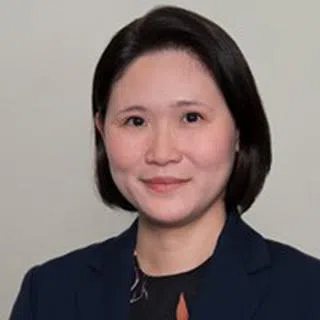


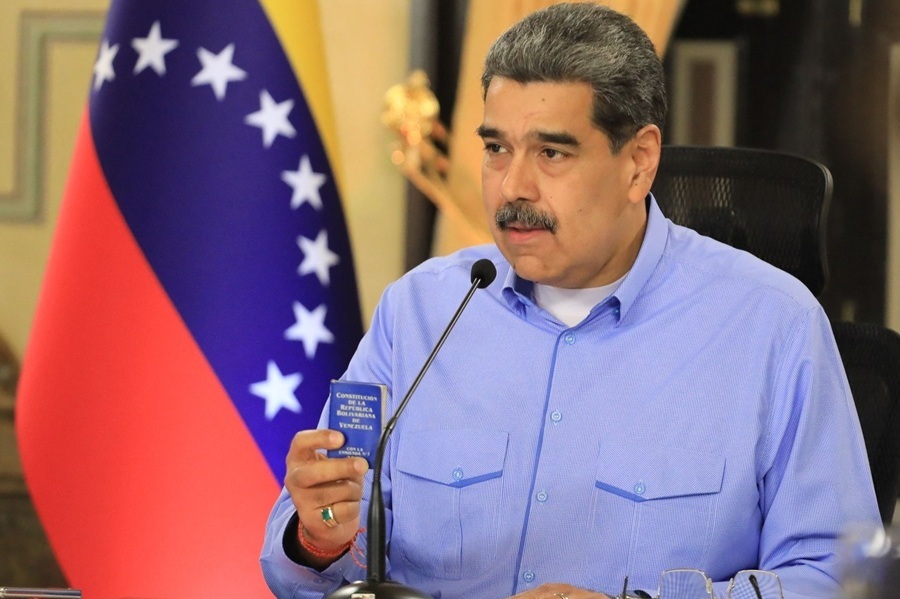
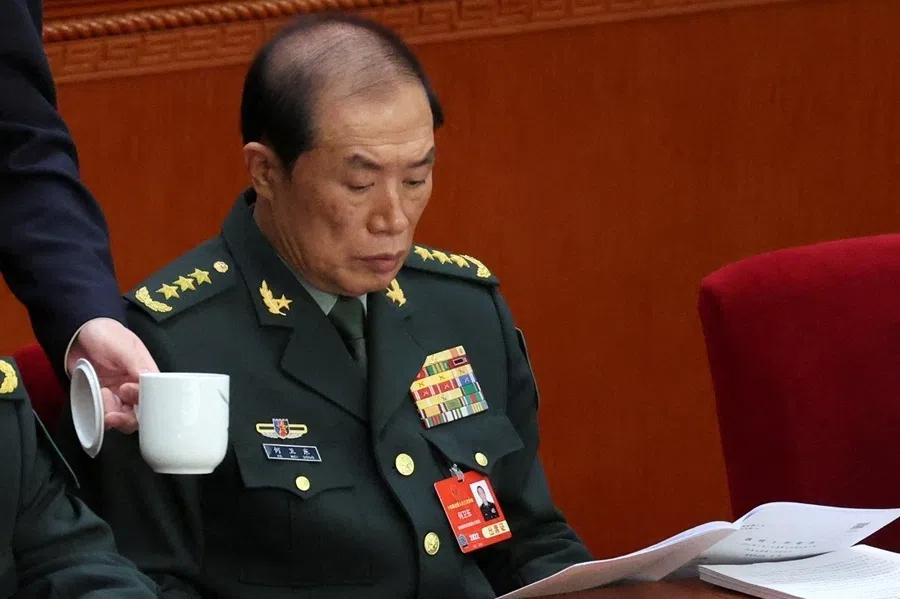
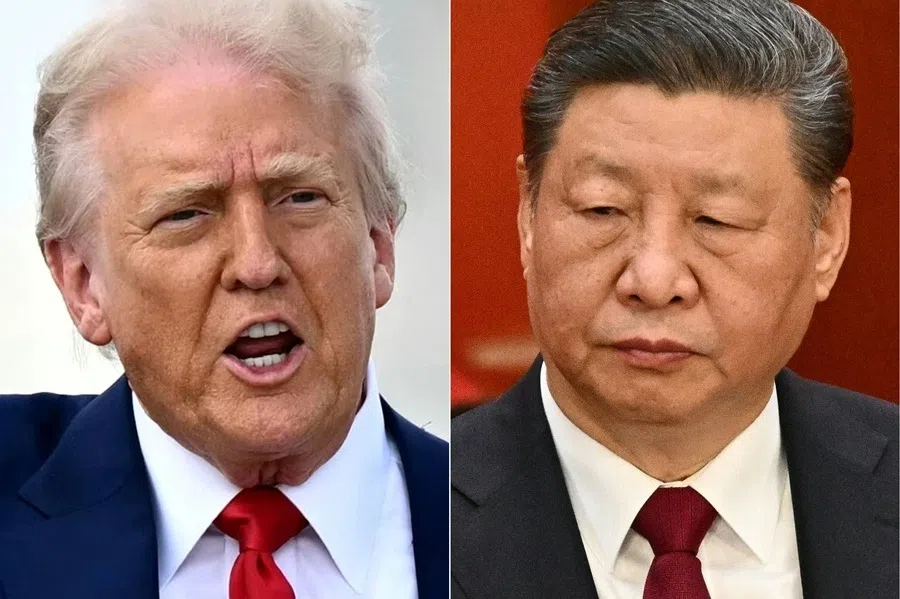
![[Big read] Prayers and packed bags: How China’s youth are navigating a jobless future](https://cassette.sphdigital.com.sg/image/thinkchina/16c6d4d5346edf02a0455054f2f7c9bf5e238af6a1cc83d5c052e875fe301fc7)
